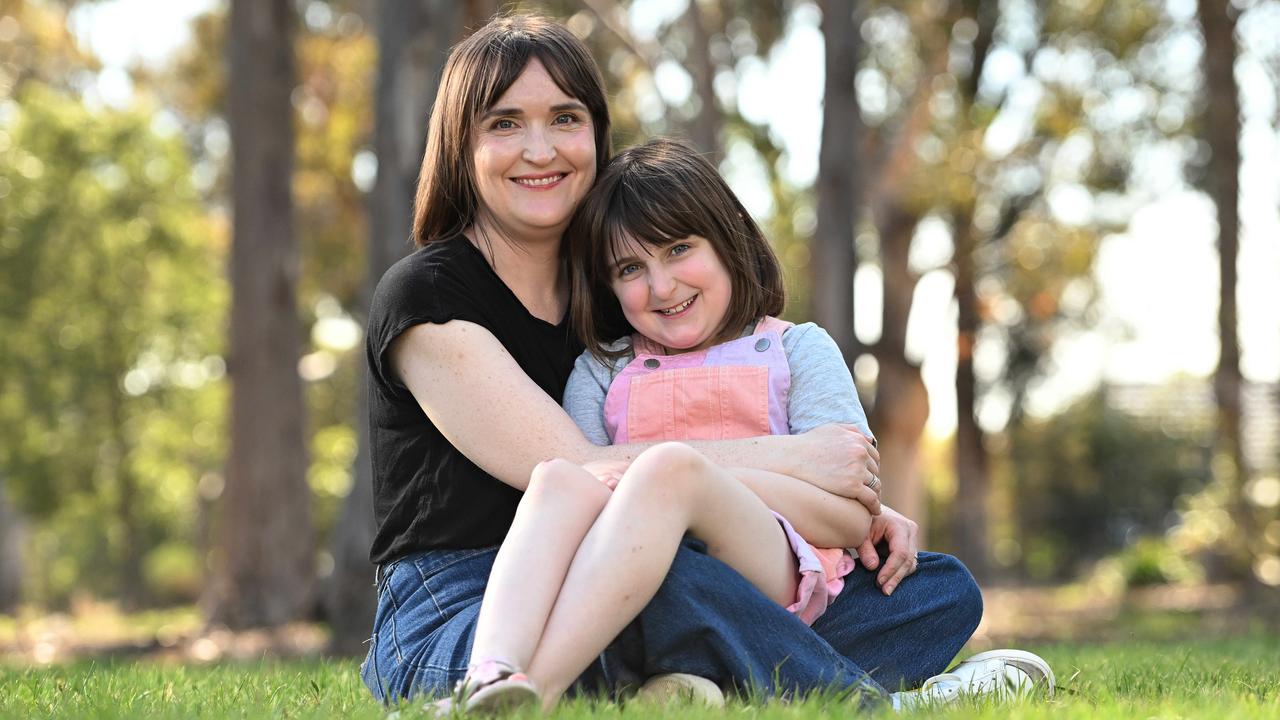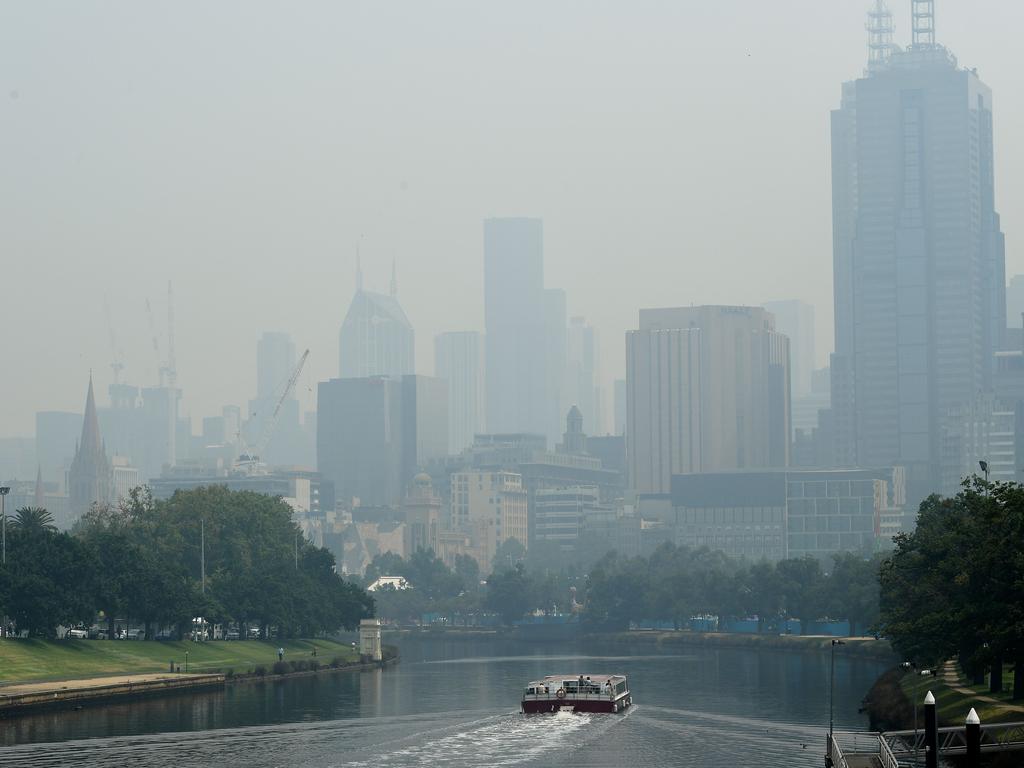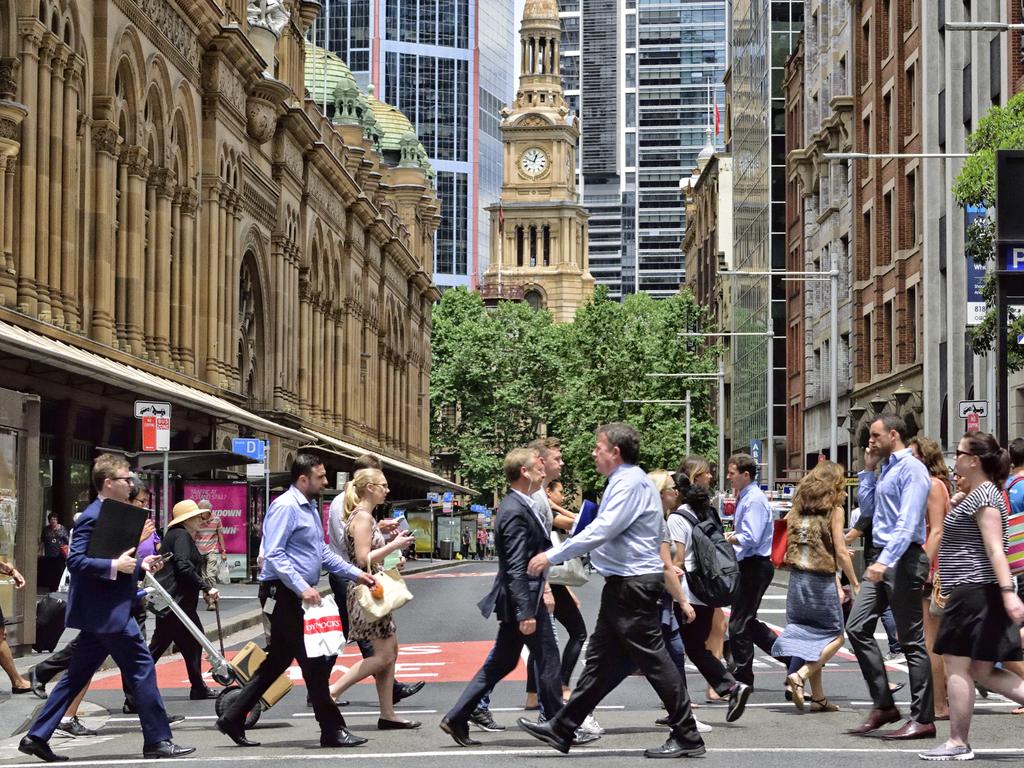What’s driving the spike in peanut allergies revealed by Melb experts
What raises the risk of developing peanut allergies – and what changes could “help turn the tide” on the rise in food sensitivities – has been revealed for the first time by an Australian team

READING LEVEL: GREEN
Peanut allergies* are linked to higher levels of air pollution, world-first Australian research has found.
The Melbourne study found increased exposure* to air pollution from birth raised the risk of developing the allergy and increased the likelihood that it would persist past infancy and into childhood.
The Murdoch Children’s Research Institute study compared the average pollution levels at the homes of more than 5000 Melbourne children with their allergy test results.
But while higher annual pollution exposure was linked to the development and persistence of peanut allergies in a child’s first 10 years of life, the same could not be said for egg allergies or eczema*.

Pollution and peanuts may seem unrelated on the surface, but MCRI Associate Professor Rachel Peters said the heightened allergy risk made sense once pollution’s impact on our immune system* was taken into account.
“These pollutants can have an irritant or inflammatory* effect on many cells in the body, and this disrupts the body’s normal immune response*,” she said.
“This means that the immune system can actually start to overreact to things that are usually harmless, such as food proteins.
“It can start to think that these food proteins are a threat.”
Assoc Prof Peters said the rise in food allergy rates had coincided with increasing urbanisation*, prompting researchers to consider that environmental factors played a role.
“But nobody had actually looked at the link between air pollution and food allergy before,” she said.

The study looked at two types of air pollution: the amount of nitrogen dioxide*, a gas linked to fossil fuel* combustion*, and the concentration of extremely tiny particles, called PM (2.5).
“These are small enough that they can enter your lungs or your bloodstream,” Assoc Prof Peters said.
“It can come from things like traffic emission*, construction activities so dust, wood burning as well, your open fireplace at home, bushfires.”
One in 10 Australians develop an allergy before their first birthday, but some grow out of them.

While allergies are influenced by multiple factors such as genetics* and infant diet, Assoc Prof Peters said lowering pollution could “help turn the tide” on allergy rates.
“Improving city design to support greater air quality regulation, better promoting public transport and switching to noncombustion fuels* may help turn the tide on peanut allergy,” she said.
“Even though we are considered to have reasonably good air quality compared to other regions of the world, we still have shown that there are unfortunately adverse* impacts.”
Melbourne University’s Dr Diego Lopez said more research into the different peanut, eczema and egg results were needed, but co-exposure – to both the allergen and pollution at the same time – may play a role.
Assoc Prof Peters said such studies were crucial for finding links and patterns to inform future research.

Eight-year-old Melbourne girl Mae Foley-Jenkin has had severe food allergies since she was a baby and her mum Eleanor Jenkin said the “more we know” about prevention, “the better”.
“It’s really exciting how much more we know now about allergies, than when Mae was diagnosed,” Ms Jenkin said.
“She’s living a full, fantastic life … but it changes the way we engage with the world, it can be quite limiting.”

POLL
GLOSSARY
- allergies: sometimes very serious bodily reactions to substances that usually aren’t harmful
- exposure: experiencing something and often also being affected by it
- eczema: a common skin condition where your skin becomes dry, itchy and easily irritated
- immune system: network of organs, white blood cells, proteins and chemicals that work together to protect and defend your body against infection
- inflammatory: your body and its immune system’s response to injury or illness
- immune response: how the body defends itself against substances it sees as harmful or foreign
- urbanisation: growing proportion of people living in towns and cities
- nitrogen dioxide: a gaseous air pollutant composed of nitrogen and oxygen
- fossil fuel: a non-renewable energy source such as coal, coal products, natural gas, derived gas, crude oil, petroleum
- combustion: the process of burning something
- emission: amount of a substance released into the air that is harmful to the environment
- genetics: scientific study of how genes and characteristics are passed down from one generation to the next
- noncombustion fuels: fuel sources that can’t or won’t catch fire or burn
- adverse: negative, harmful, hostile
EXTRA READING
Why Melbourne is Earth’s allergy capital
Finding a cure for peanut allergies
Trial to ‘switch off’ severe allergies in kids
QUICK QUIZ
- How many children’s allergy results were part of the study?
- Increased exposure to air pollution from what age raised the risk of developing peanut allergy?
- Did egg allergy and eczema reveal the same link between pollution and increased allergy risk?
- At what stage did Melbourne girl Mae Foley-Jenkin develop severe food allergies?
- What proportion of Australians currently develop an allergy before their first birthday?
LISTEN TO THIS STORY
CLASSROOM ACTIVITIES
1. What happens?
What happens in a person’s body when they have an allergic reaction? Use information in the story and your research skills to find out. Then create a diagram or write points that will help another kid understand this process.
Time: allow at least 45 minutes to complete this activity
Curriculum Links: English, Science, Health and Physical Education
2. Extension
What type of experiment do you think could help the researchers learn more about the link between a peanut allergy and pollution? Write a step-by-step guide to the experiment. You have an unlimited amount of money and can use any equipment that you need.
Time: allow at least 30 minutes to complete this activity
Curriculum Links: English, Science
VCOP ACTIVITY
Wow word recycle
There are plenty of wow words (ambitious pieces of vocabulary) being used in the article. Some are in the glossary, but there might be extra ones from the article that you think are exceptional as well.
Identify all the words in the article that you think are not common words, and particularly good choices for the writer to have chosen.
Select three words you have highlighted to recycle into your own sentences.
If any of the words you identified are not in the glossary, write up your own glossary for them.
Extension
Find a bland sentence from the article to up-level. Can you add more detail and description? Can you replace any base words with more specific synonyms?
Down-level for a younger audience. Find a sentence in the article that is high level. Now rewrite it for a younger audience so they can understand the words without using the glossary.

